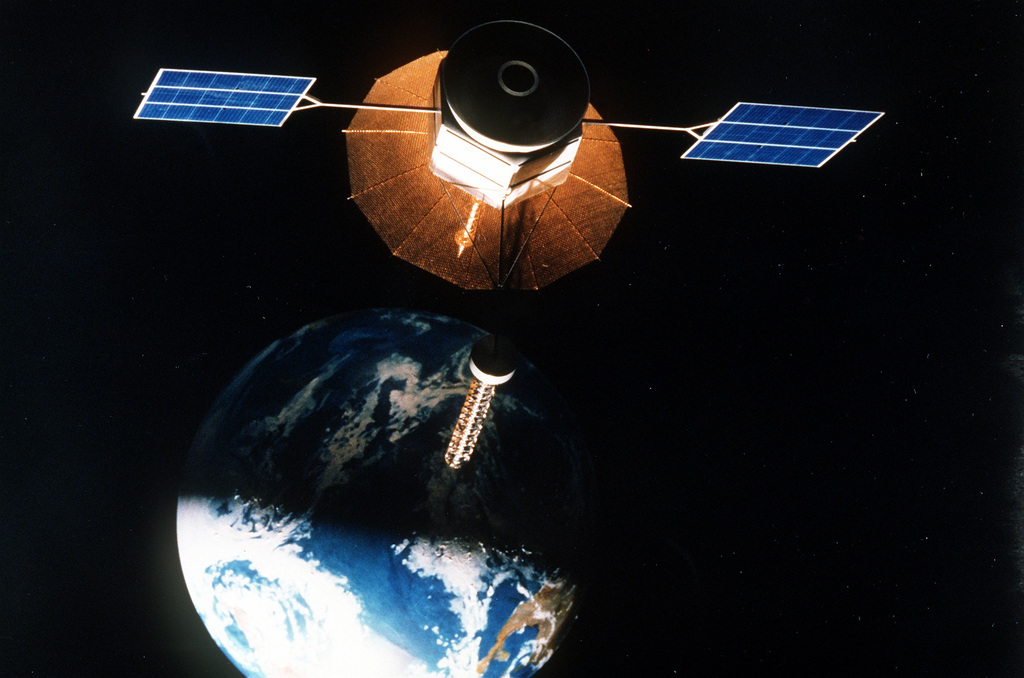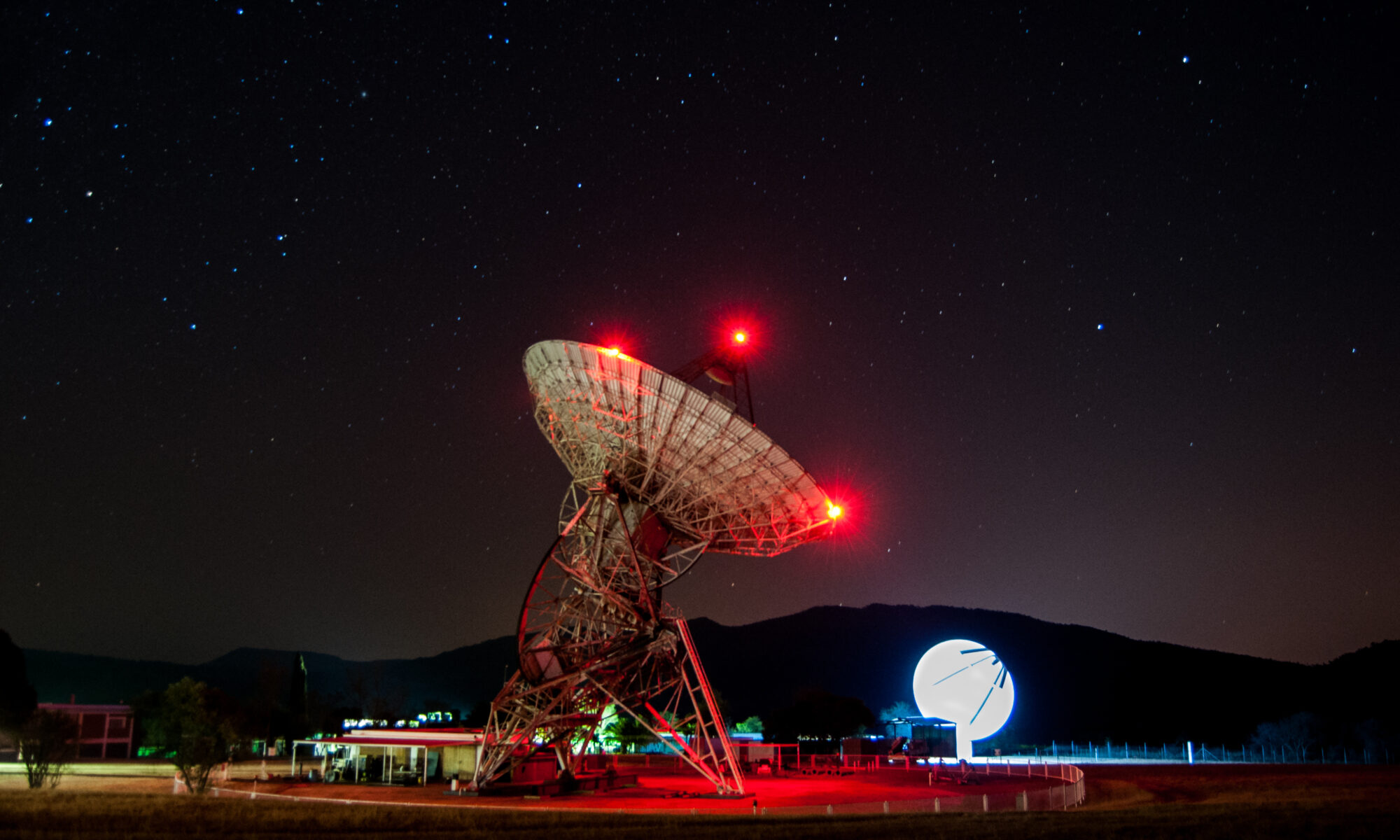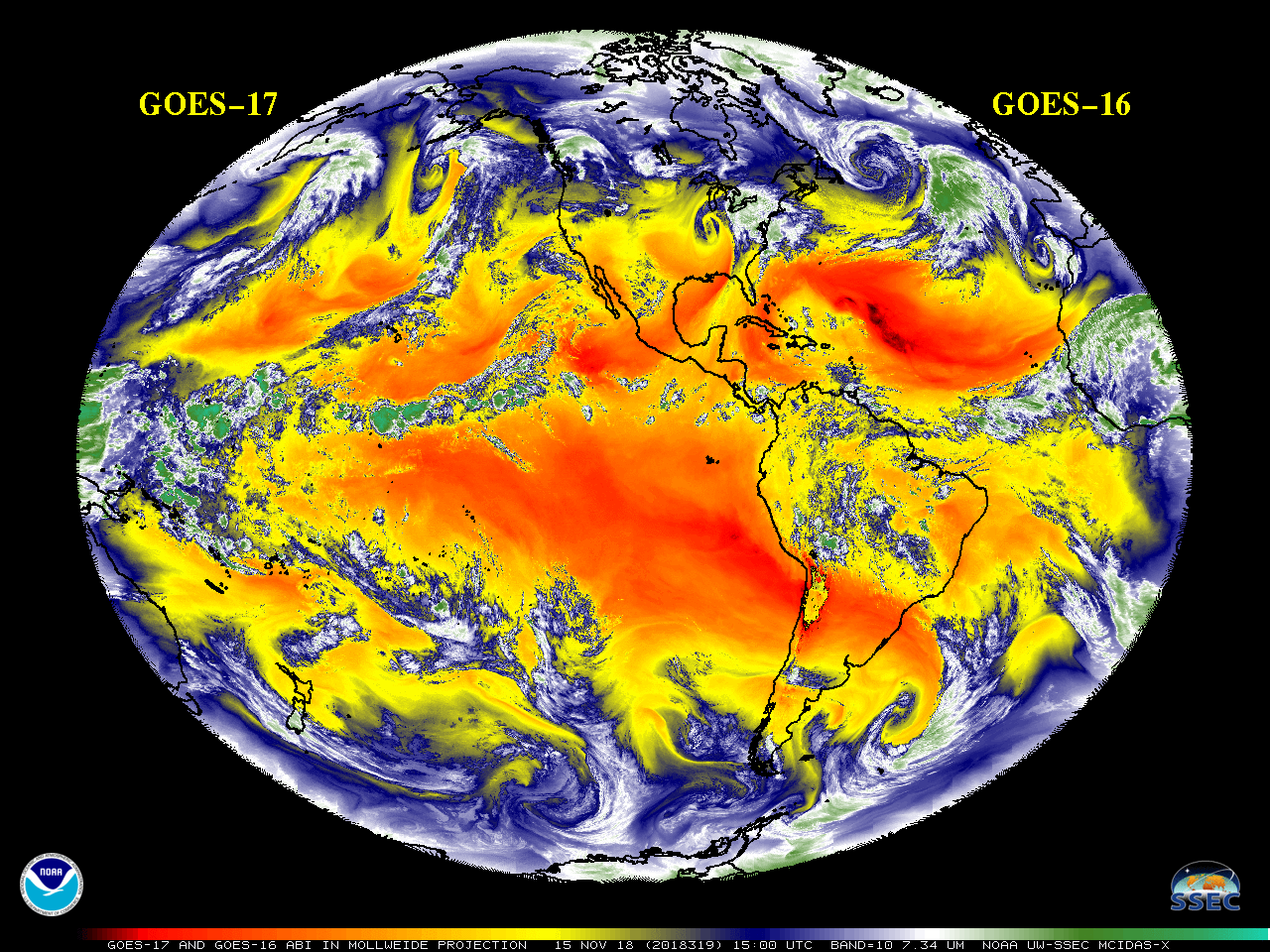After serving nearly two decades in orbit, NOAA-18 officially ended operations on June 6, 2025. This decision came after a critical transmitter failure, which made the satellite incapable of reliably sending data or receiving ground commands. Launched on May 20, 2005, NOAA-18 played a key role in the Polar Operational Environmental Satellites (POES) program. It significantly contributed to weather forecasting, storm tracking, and long-term climate monitoring.
On May 31, 2025, the satellite’s S-band downlink transmitter at 2247.5 MHz experienced a dramatic power drop—from 7 watts to just 0.8 watts. As a result, the satellite could no longer transmit essential telemetry and environmental data. After reviewing the situation thoroughly, NOAA concluded that recovery efforts would not succeed and therefore moved forward with decommissioning procedures.
Throughout its mission, NOAA-18 enabled numerous applications. It supported hurricane prediction, monitored sea surface temperatures, and provided ozone layer tracking. In addition to weather agencies, researchers and amateur satellite users worldwide benefited from its reliable data stream. Thus, NOAA-18 became a trusted source of environmental intelligence.
However, technology has advanced dramatically since 2005. NOAA-20, launched in 2017, marks a significant upgrade. In comparison, NOAA-20 carries state-of-the-art instruments such as the Visible Infrared Imaging Radiometer Suite (VIIRS) and the Cross-track Infrared Sounder (CrIS). These tools offer higher resolution imagery, more precise atmospheric profiling, and faster data delivery.
Additionally, NOAA-20 works alongside newer satellites like NOAA-21 and Suomi NPP. Together, they ensure continuity of vital Earth observation functions. Consequently, meteorologists, emergency managers, and climate scientists continue to receive accurate, near real-time data for decision-making.
In conclusion, NOAA-18’s retirement reflects both the success of its long mission and the necessity of a modern satellite fleet. While its journey has ended, its legacy lives on through the more advanced systems now watching over Earth.



